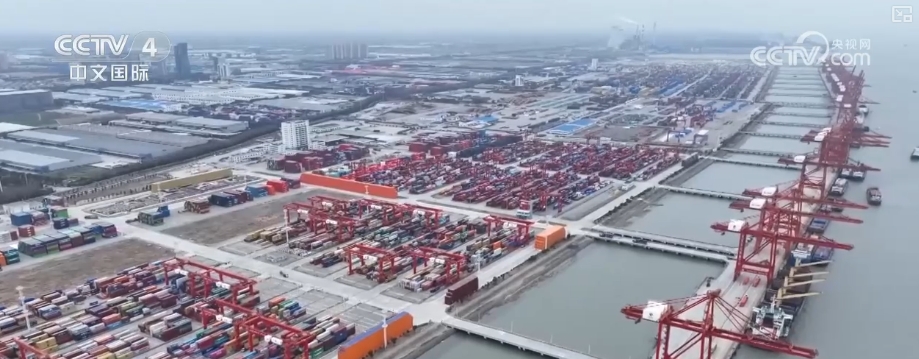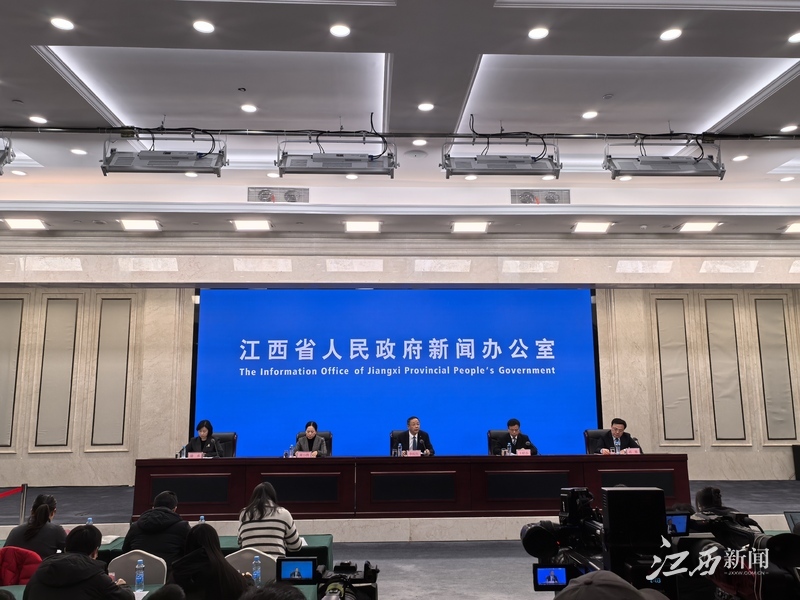Find Opportunities In Differentiation: Port And Shipping Sectors Are Changing Abnormally, These Two Major Directions Are The Most Worthy Of Attention
Find Opportunities In Differentiation: Port And Shipping Sectors Are Changing Abnormally, These Two Major Directions Are The Most Worthy Of Attention
1. Sector performance and leading stock pattern As of September 8, 2025, the port shipping sector index closed at 1146.99 points, a single-day increase of 2.57%, and a turnover of 12.86 billion yuan.
1. Sector performance and leading stock pattern
As of September 8, 2025, the port shipping sector index closed at 1146.99 points, a single-day increase of 2.57%, and a turnover of 12.86 billion yuan. The top ten companies in the sector with market value include:
• China COSCO Shipping (): Ranked first with a market value of 235.9 billion yuan, and its net profit in the first quarter of 2025 surged by 73.12% year-on-year to 11.695 billion yuan, and its container shipping business revenue accounted for more than 96%.

• Shanghai SIPG Group (): The market value is 130.1 billion yuan. As one of the world's largest container hub ports, its throughput increased by 7.48% year-on-year in the first half of 2025.
• Ningbo Port (): Net profit in the second quarter of 2025 was 1.422 billion yuan, a year-on-year increase of 28.37%, and the proportion of sea-rail intermodal transportation business increased to 18%.
From the perspective of sub-sectors, leading container shipping companies (such as COSCO Shipping and Ningbo Ocean) and regional ports (such as Liaogang Co., Ltd. and Beibu Gulf Port) show a differentiated development trend. For example, Liaogang Co., Ltd., as the core target of the Northeast inland port, benefited from the Northeast revitalization policy and demand for commodity transportation.
2. Industry fundamentals: Policy dividends and cyclical fluctuations coexist
1. Policy-driven structural opportunities
Green shipping transformation: The new International Maritime Organization (IMO) regulations in 2025 require ship fuel intensity (GFI) to reduce emissions by 43% by 2035, and domestic policies are being promoted simultaneously. Xiamen Port has introduced measures to reward each route of the newly added European and American express routes of 4 million yuan, and support the policy of exempting new energy vehicles from pile-up periods. The 8 new energy ship model (such as methanol-powered container ship) jointly developed by China Classification Society has entered the demonstration stage, and the annual fuel cost is reduced by 20%-38% compared with traditional ship models.
The Belt and Road Intensified Layout: Ningbo Zhoushan Port and Hamburg Port signed a Green Shipping Corridor Agreement to jointly build a China-Europe-Sea-Rail Transportation Channel; Peru's Qiankai Port is officially in operation, shortening the shipping time from China to South America by 10 days, and the annual copper ore processing capacity exceeds 10 million tons.
2. Periodic differentiation of market supply and demand
Freight rate fluctuations intensify: Global container freight rates fell for 11 consecutive weeks in August 2025, with European routes falling by 8.4%, but Persian Gulf and ANZA routes rose by 7.1% and 2.3% against the trend. This differentiation stems from regional trade imbalances (such as weak demand in North America and strong energy demand in the Middle East) and geopolitical risks (such as the situation in the Red Sea).

Capacity structure adjustment: The global delivery volume of new ships is expected to reach 2.4 million TEU in 2025, of which LNG-powered ships account for more than 30%. COSCO Shipping and other companies optimize the fleet structure by dismantling old ships (5 ships were dismantled in the first half of 2025) and reduce carbon emission intensity.
3. Risk factors and response strategies
1. External uncertainty
Geopolitical risks: The United States plans to impose high port fees (up to US$2.95 million per time) on Chinese ships starting from October 2025, which may lead to a 10%-15% reduction in cargo volume on China-US routes. Enterprises can avoid risks by adjusting routes (such as transiting through Mexican ports) and using non-made ships.
Supply Chain Disturbance: Risk of Workers Strikes on the U.S. East Coast Port (January 2025 Negotiation Deadline) and Red Sea Shipping Security (Houthi Armed Attacks) may trigger a short-term rebound in freight costs, but will increase operating costs in the long run.
2. Industry competition and cost pressure
Regional port homogeneous competition: There is a competition for supply of goods in regional port groups such as the Bohai Rim and the Yangtze River Delta, such as Rizhao Port and Qingdao Port in the field of coal transportation. Enterprises need to enhance their competitiveness by improving service efficiency (such as increasing the operating efficiency of Ningbo Port intelligent terminals by 20%) and expanding value-added services (such as bonded logistics).
Fuel cost fluctuations: LNG prices are greatly affected by the international energy market, up 12% year-on-year in the first half of 2025. Some companies (such as China Merchants Steamships) lock the gas source through long-term contracts to reduce the risk of price fluctuations.
4. Investment logic and target selection
1. Core tracks and leading enterprises
Green shipping: Pay attention to China COSCO Shipping (LNG powered ships account for more than 40%), Zhonggu Logistics (leading investment in new energy ships R&D) and port equipment supplier Zhenhua Heavy Industry (60% market share of shore power system).
One Belt and One Road Hub: Liaogang Co., Ltd. (Northeast Asia Logistics Center), Beibu Gulf Port (Netherland-Sea New Channel Node) and China Merchants Port (wide layout of overseas terminals) have long-term growth potential.
High dividend targets: Regional port companies such as Shanghai Port Group (dividend ratio 4.2%) and Tangshan Port (dividend ratio 5.1%) have stable cash flow and are suitable for stable investors.
2. Risk warning
In the short term, we need to be wary of further declines in freight rates (such as the peak season of the US line is lower than expected) and the escalation of geopolitical conflicts; we need to pay attention to the implementation of new IMO regulations and the rate of decline in new energy fuel costs.
Investors are advised to adopt the "core satellite" strategy: take leading enterprises (such as COSCO Shipping and Ningbo Port) as the core positions and match themed targets (such as new energy ships, Belt and Road Ports).
5. Industry Outlook and Strategic Suggestions
In 2025, the port and aviation industry will show the characteristics of "policy-driven intertwined with cyclical fluctuations". On the one hand, green transformation and the construction of the Belt and Road Initiative provide structural growth momentum for the industry; on the other hand, geopolitical and market supply and demand changes have brought uncertainty. Investors need to focus on the following signals:
• Policy implementation: green shipping subsidy rules for various countries and China-Europe freight train expansion plan;
• Freight turning point: US line inventory deduction progress and the easing of the Red Sea situation;
• Technological breakthroughs: progress in the commercialization of green methanol and hydrogen fuel cells.
In the medium and long term, enterprises with low-carbon capacity advantages, global network layout and high-value-added service capabilities will be more competitive. Investors are advised to lay out leading targets in the pullback and pay attention to regional port integration opportunities (such as port resource integration in Fujian Province).





